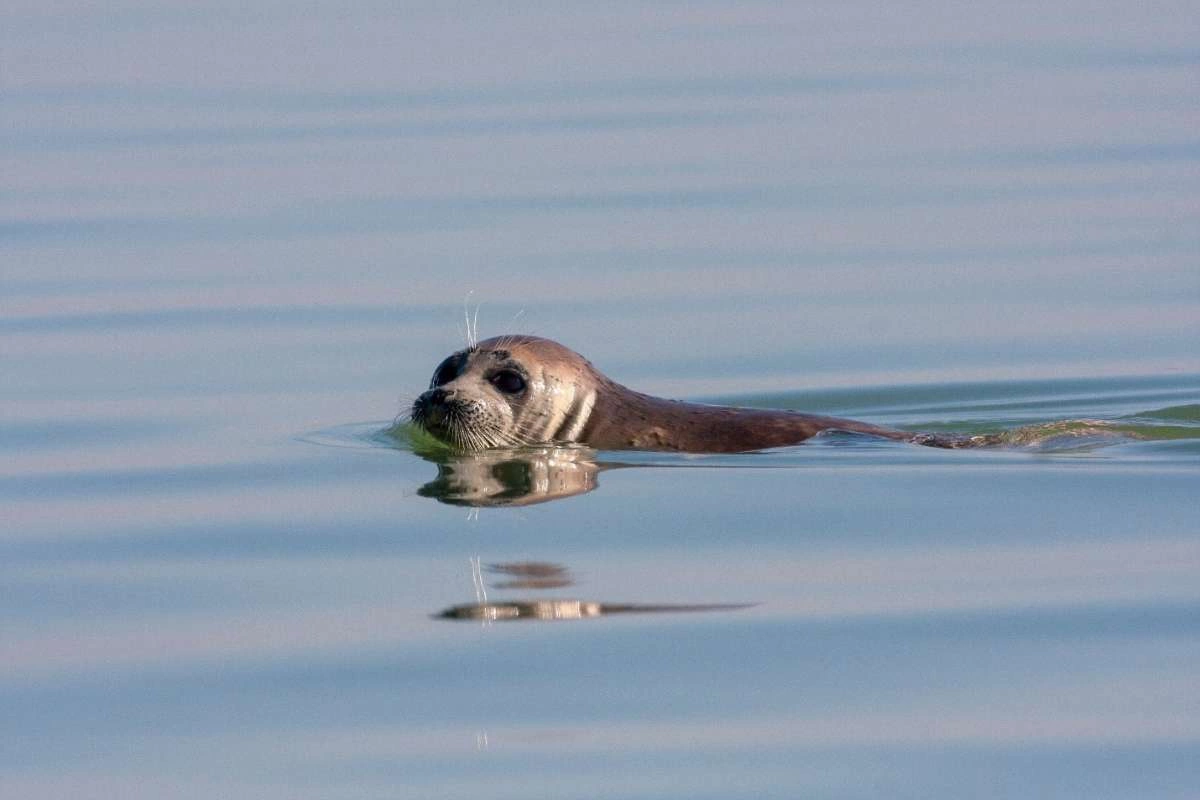
This past weekend thousands of Caspian Seals were found dead on the beaches of Dagestan in Russia. Learn a bit more about the endangered species and what might have happened here.
Image: Agami Photo Agency
Over the last few days, the corpses of over 2000 seals have been found dead on Caspian beaches. The massive die-off was observed along the western section of Russia’s Caspian Sea in Dagestan. Sightings of dead animals started filtering in on December 3, with over 700 deaths reported and another 1700 the following day. This follows at least 141 such deaths reported on Kazak beaches in November, 220 more in July and another 154 in Dagestan in May.
Unique to the Caspian, Caspian Seals (Pusa caspica) are thought to have descended from Arctic seals that became isolated there when continental ice sheets retreated around 2 million years ago. Like Baikal Seals and grey seals, pups are born with white coats that moult after just a few weeks. Preferring cold conditions, the seals tend to breed in winter in the shallow northern reaches of the Caspian that ice over. However, many swim south in summer, where waters are deeper, so stay cooler. They have been observed in all five littoral nations, but numbers have long been declining, and the species is now considered endangered by the International Union for Conservation of Nature (IUCN), as it has been since 2008. Researchers believe that in 1867 their total population had been between 1 and 1.6 million, but this had waned to around 100,000 by 2005, and the current estimate is just 68,000.
There have been several reasons for these sharp declines. For years unsustainable hunting was the leading cause of population loss, with adults being processed for blubber oil by Soviet factory ships – often over 100,000 a year in the 1930s. Pups were also taken for their soft fur: in 1966, records suggest 86,000 were ‘harvested.’ Hunting slowed dramatically after the USSR collapsed, but seals have continued to suffer many other problems, including being accidentally snared in fishing nets, suffering beach loss from coastal development and contamination from water pollution causing loss of fertility. Climate change has also been a significant problem, reducing the winter ice cover in the northern Caspian, thereby diminishing the seals’ choice of breeding sites and making pups more vulnerable to falling into the icy water – a problem that can be fatal as their pre-moult first coats can get waterlogged and freeze.
None of these theories, however, account for the recent mass die-offs, which are still being investigated. One possible theory is that there has been a new outbreak of canine distemper, a worrying prospect as that was thought to have been the main cause behind a massive die-off in the spring and summer of 2000 when over 10,000 seals died.
However, one small glimmer of hope might be in sight for the hapless seals. After five years of research, calls have been growing to create a nature reserve for seal conservation in northwestern Kazakhstan. While this would not prevent distemper, it might offer a better chance of getting help to weakened animals and preventing their deaths. Also, in 2020, Russia and Kazakhstan finally recognized the species as endangered (or ‘red listed’), offering new levels of protection, at least on paper. The species already had that status in Iran, Turkmenistan and Azerbaijan.
Share on social media